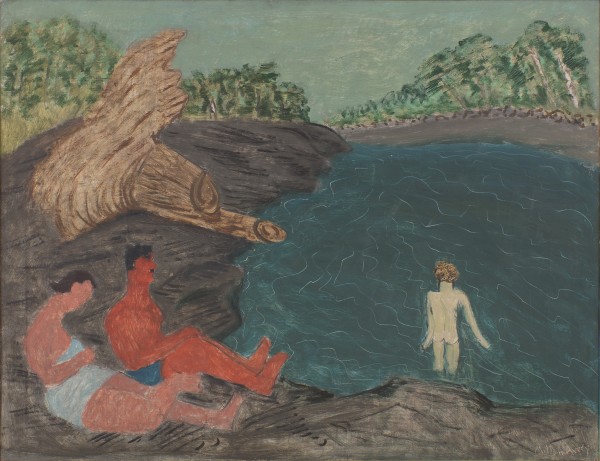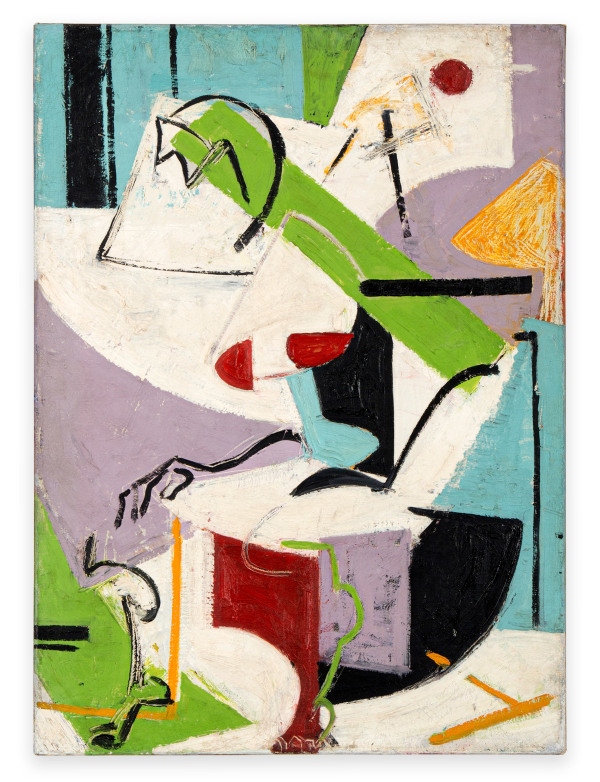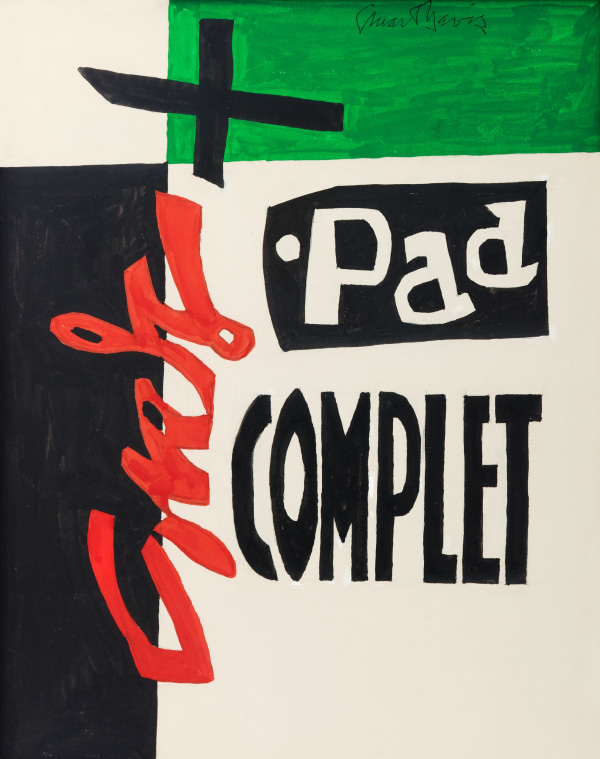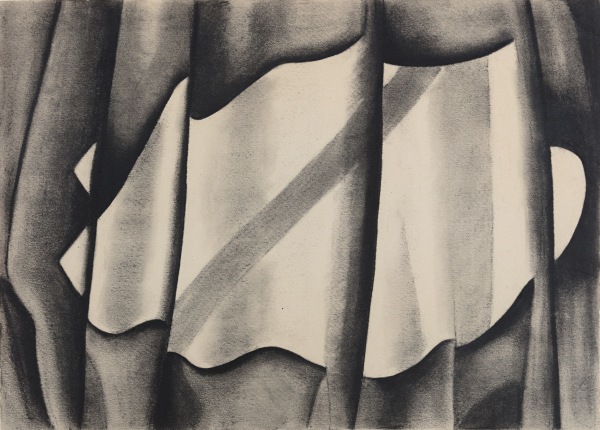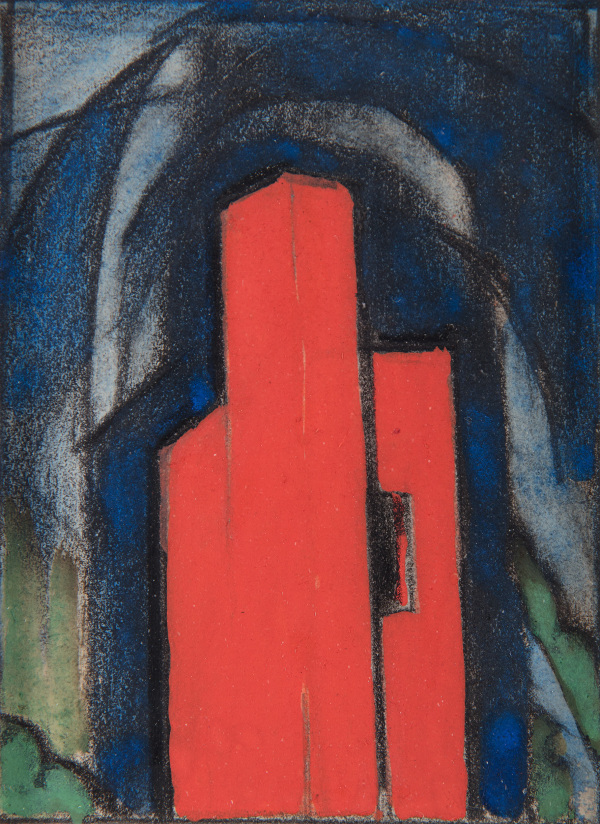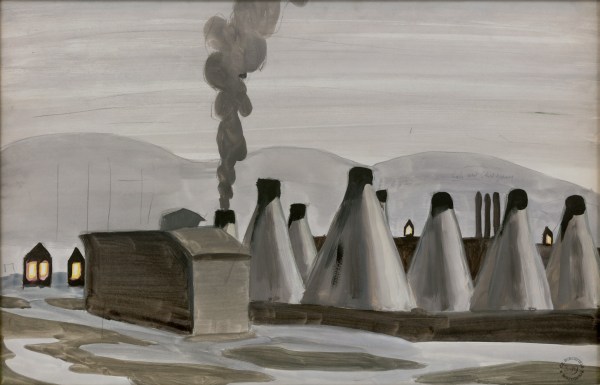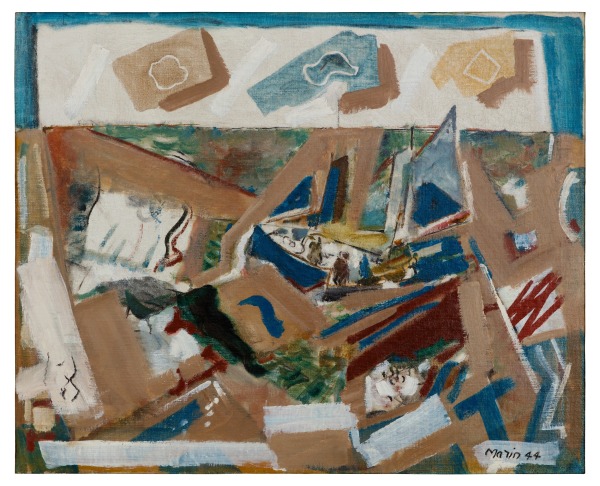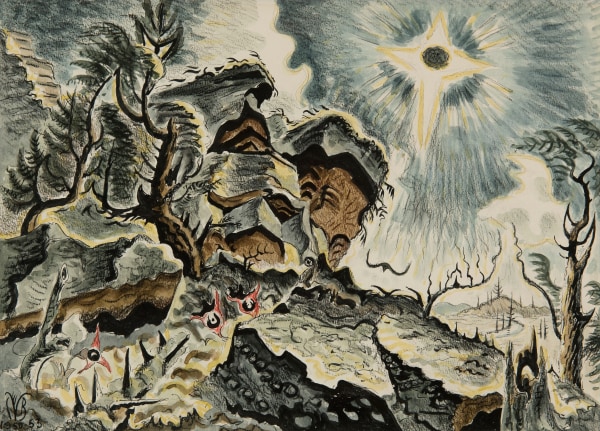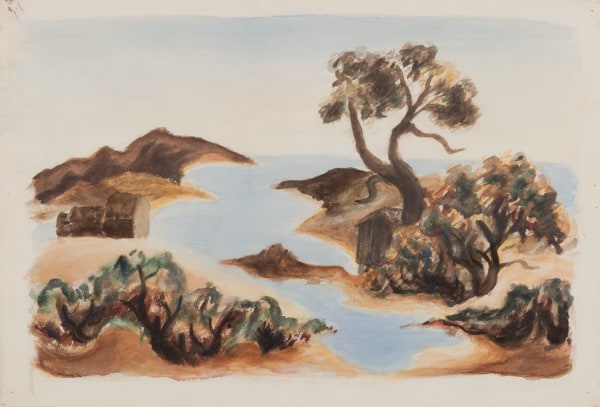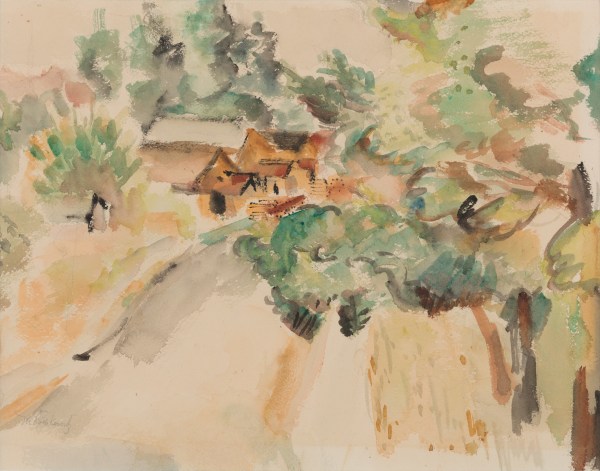The Enormity of the Possible
-
-
Paul Kasmin Gallery is pleased to announce the upcoming exhibition The Enormity of the Possible on view September 7 – October 28 at 297 Tenth Avenue. Curated by Priscilla Vail Caldwell the exhibition features both late work by seminal artists from the American Modern movement and early work by a select group of Abstract Expressionists. The bold improvisational approach and perspective of artists such as Milton Avery, Charles Burchfield, Stuart Davis, Elie Nadelman and Helen Torr among others radically expanded the possibilities for painting and sculpture in the 20th century.
-
Bound by no “school” or manifesto, Modernists played a role in initiating the shift in focus of the international art world from Paris to New York. Many had lived through both World Wars and witnessed seismic changes to America’s social, economic and political landscape. Emerging from this turmoil, many rejected European romanticism and acknowledged abstraction as a vehicle of freedom, a way to express a purer experience — a point of view that would be fully embraced by many of the future prominent figures of the New York School. There are many examples, for instance John Marin’s painting Movement, VI from 1946 divides the composition into zones, foreshadowing Mark Rothko’s format of stacked rectangles. Burchfield’s Sun and Rocks, 1953 employs an overall rhythm reminiscent of Jackson Pollock’s poured canvases and Stuart Davis’ late work with its hot colors and hard edges, a precursor to both Pop and Minimalism.
There is ample documentation of the direct engagement between these two generations. Marin along with Arshile Gorky, Willem de Kooning and Pollock represented America in the 1950 Venice Biennale. Avery and Rothko painted together in Provincetown, Massachusetts during the summer of 1957. The closeness of their relationship was affirmed when Rothko delivered Avery’s Eulogy in 1965 at the New York Society for Ethical Culture. Artists including Arthur Dove and Torr, who were well known for listening to music as an integral part of their creative process, engendered a fresh attitude towards studio practice. Even more, Davis was among the first to consider music in conjunction with painting, evident in his bold use of colors and expressive lines that recall a similar rhythm and vigor to that of jazz. Donald Judd wrote of Davis in 1962, “There should be applause, Davis at sixty-seven is still a hotshot.”[1] This intimate exchange of approaches and modes of critical thinking incubated an entirely new and purely American aesthetic that would define art in the 20th century.
-
Works
-
Join our Newsletter
* denotes required fields
We will process the personal data you have supplied in accordance with our privacy policy (available on request). You can unsubscribe or change your preferences at any time by clicking the link in our emails.
-
Explore
-
Explore
- Diana Al-Hadid
- Alma Allen
- Theodora Allen
- Sara Anstis
- Ali Banisadr
- Tina Barney
- Judith Bernstein
- JB Blunk
- Mattia Bonetti
- William N. Copley
- Cynthia Daignault
- Ian Davenport
- Max Ernst
- Liam Everett
- Leonor Fini
- Barry Flanagan
- Walton Ford
- Jane Freilicher
- vanessa german
- Daniel Gordon
- Alexander Harrison
- Elliott Hundley
- Robert Indiana
- Lee Krasner
- Les Lalanne
- Matvey Levenstein
- Lyn Liu
- Robert Motherwell
- Jamie Nares
- Nengi Omuku
- Robert Polidori
- Jackson Pollock
- Elliott Puckette
- Alexis Ralaivao
- George Rickey
- James Rosenquist
- Mark Ryden
- Jan-Ole Schiemann
- Joel Shapiro
- Bosco Sodi
- Dorothea Tanning
- Naama Tsabar
- Bernar Venet



